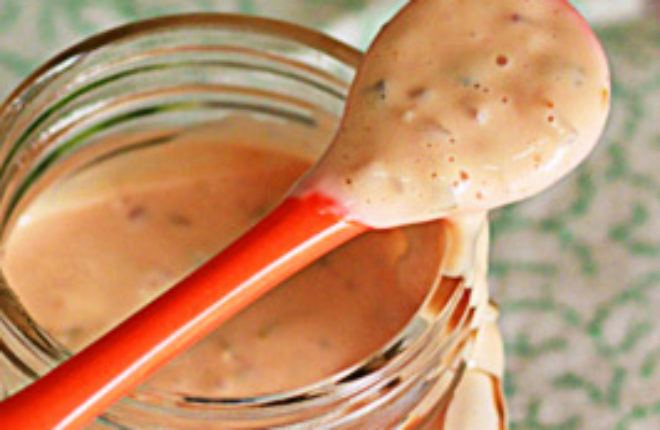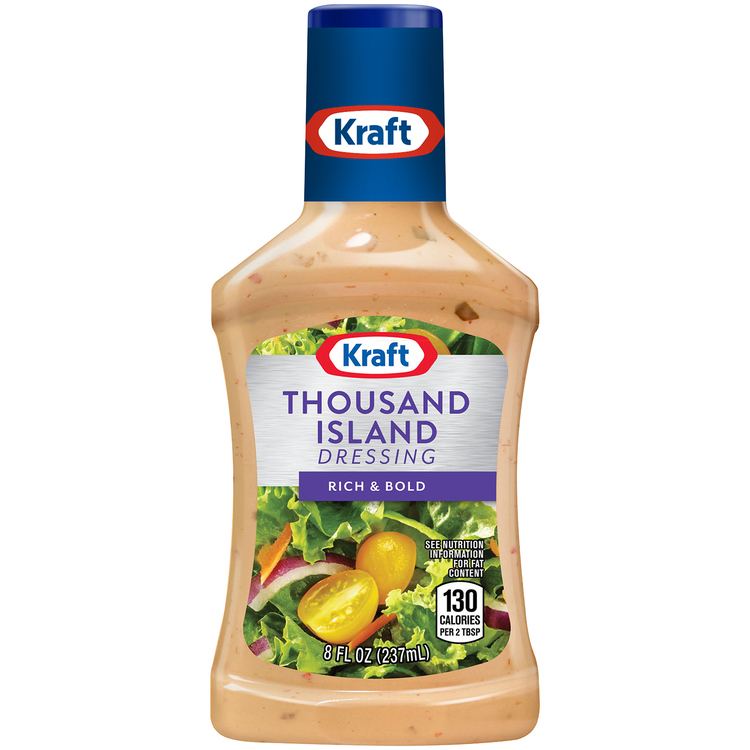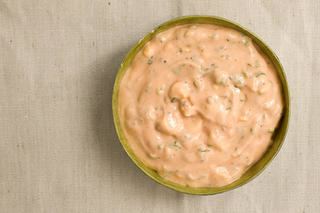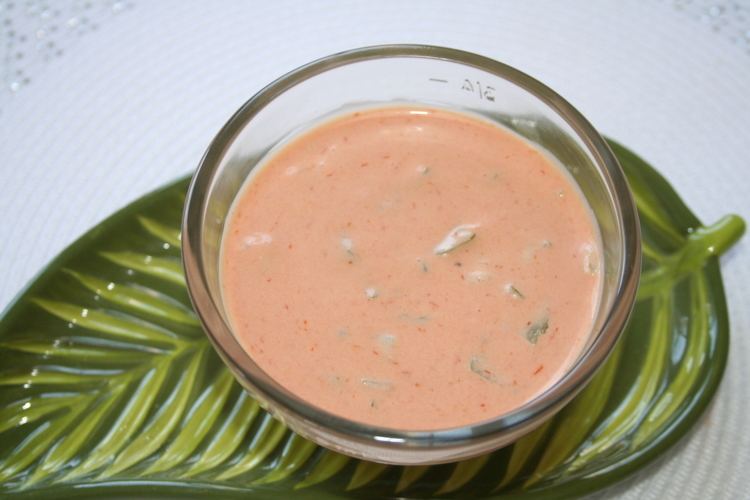Main ingredients Mayonnaise, olive oil, lemon juice, paprika, Worcestershire sauce, mustard, vinegar, eggs, cream, chili sauce, tomato purée or ketchup Similar Reuben sandwich, Ranch dressing, Swiss cheese, Caesar salad, Corned beef | ||
Vegetable salad with thousand island dressing recipe video culinary
Thousand Island dressing is a salad dressing and condiment based on mayonnaise and can include olive oil, lemon juice, orange juice, paprika, Worcestershire sauce, mustard, vinegar, cream, chili sauce, tomato purée, ketchup or Tabasco sauce.
Contents
- Vegetable salad with thousand island dressing recipe video culinary
- Amy s homemade thousand island dressing 1000 island dressing
- Origins
- Uses
- References

It also typically contains finely chopped ingredients, which can include pickles, onions, bell peppers, green olives, hard-boiled egg, parsley, pimento, chives, garlic, or chopped nuts (such as walnuts or chestnuts).

Amy s homemade thousand island dressing 1000 island dressing
Origins

According to The Oxford Companion to American Food and Drink, the dressing's name comes from the Thousand Islands region, located along the upper St. Lawrence River between the United States and Canada. Within that region, one common version of the dressing's origins says that a fishing guide's wife, Sophia LaLonde, made the condiment as part of her husband George's shore dinner. Often in this version, actress May Irwin requested the recipe after enjoying it. Irwin in turn gave it to another Thousand Islands summer resident, George Boldt, who built Boldt Castle between 1900 and 1904. Boldt, as proprietor of the Waldorf-Astoria Hotel, instructed the hotel's maître d'hôtel, Oscar Tschirky, to put the dressing on the menu in 1894. A 1959 National Geographic article states, "Thousand Island Dressing was reportedly developed by Boldt's chef." Despite claims that he was involved in the introduction of the salad dressing at the Waldorf, chef Tschirky did not mention the salad dressing in his cookbook that was published during that time period.

When University of Wisconsin sociologist Michael Bell and his graduate students attempted to determine the origin of Thousand Island dressing in 2010, they found that the story differed among villages and islands in the Thousand Islands region. They discovered the existence of a third origin story in which the original recipe was based upon French dressing, which is supported by a recipe published in the 11th edition of the The Fannie Farmer Cookbook (1965). All the claims appeared to be based upon oral traditions without supporting written records.
Some food writers advance the claim that the dressing was invented by chef Theo Rooms of the Blackstone Hotel in Chicago during the same time period. The food historians at the Food Timeline point out that the earliest print references to Thousand Island dressing appear in 1912, and that recipes for different versions of the dressing begin to appear afterwards throughout the US.
Uses
In the 1950s, Thousand Island dressing became a standard condiment, used on sandwiches and salads. It is widely used in fast-food restaurants and diners in the United States, where it is often referred to as "Special Sauce" or "Secret Sauce". An example of this is In-N-Out Burger's "Spread", served on burgers and several "Secret Menu" items; despite its name, it is a variation of Thousand Island dressing. Thousand Island dressing is often used in a Reuben sandwich in lieu of Russian dressing.
